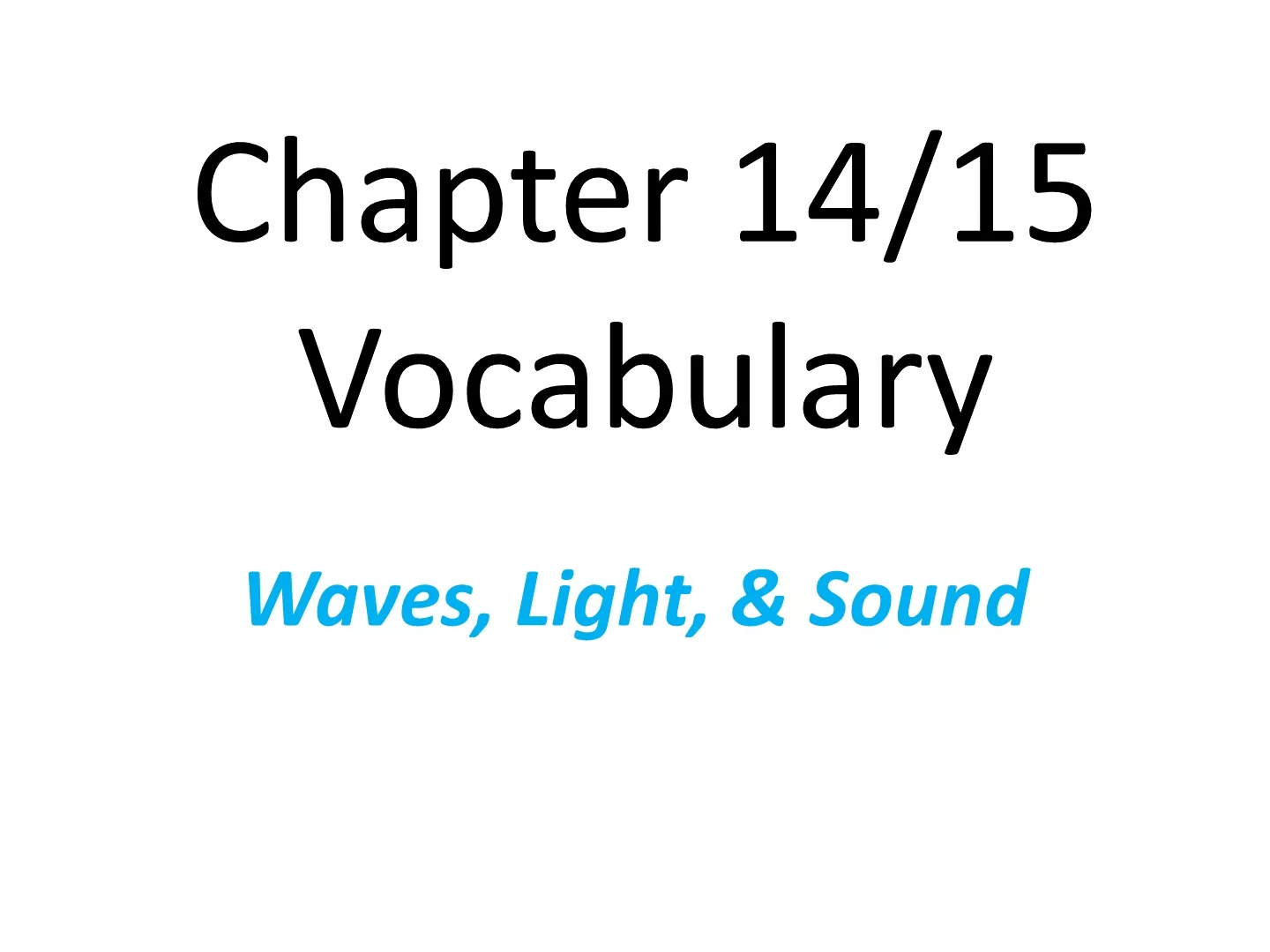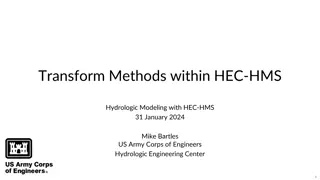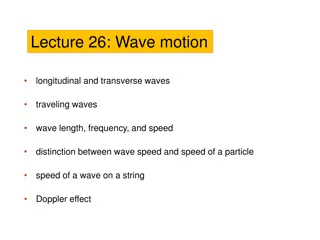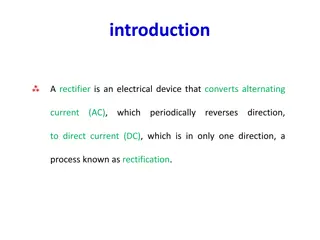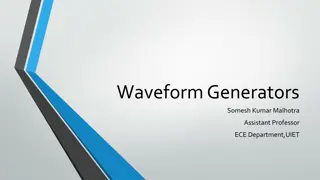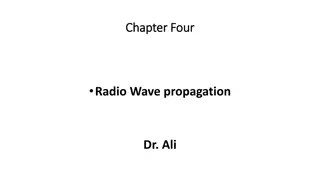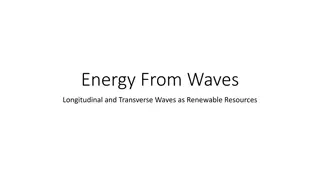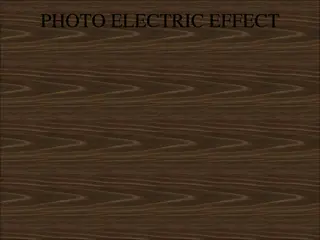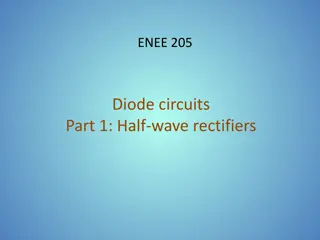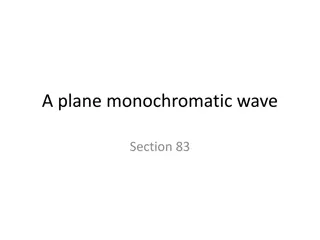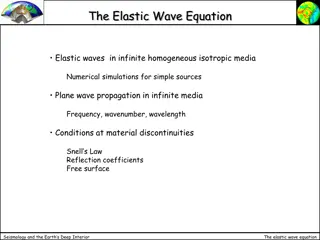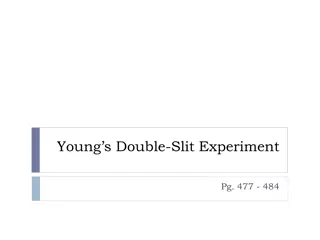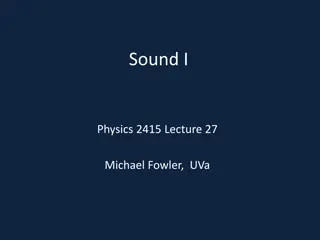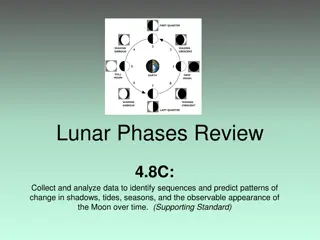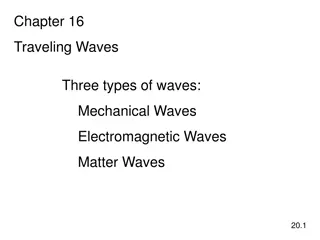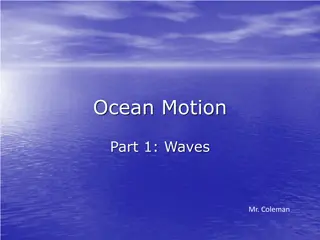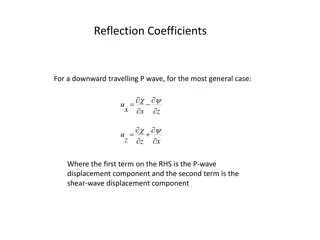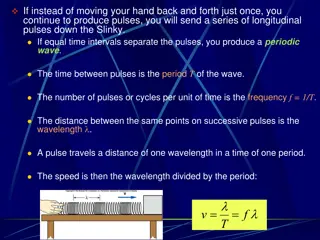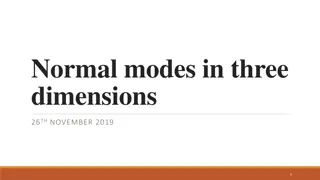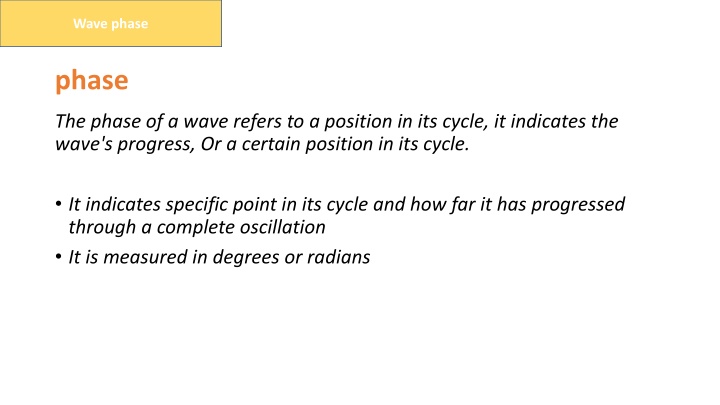
Wave Phase and Representation in Degrees and Radians
Learn about wave phase, its importance in wave cycles, and how to represent it using degrees and radians. Explore wavefronts, wave superposition, and exercises converting degrees to radians.
Uploaded on | 2 Views
Download Presentation

Please find below an Image/Link to download the presentation.
The content on the website is provided AS IS for your information and personal use only. It may not be sold, licensed, or shared on other websites without obtaining consent from the author. If you encounter any issues during the download, it is possible that the publisher has removed the file from their server.
You are allowed to download the files provided on this website for personal or commercial use, subject to the condition that they are used lawfully. All files are the property of their respective owners.
The content on the website is provided AS IS for your information and personal use only. It may not be sold, licensed, or shared on other websites without obtaining consent from the author.
E N D
Presentation Transcript
Wave phase phase The phase of a wave refers to a position in its cycle, it indicates the wave's progress, Or a certain position in its cycle. It indicates specific point in its cycle and how far it has progressed through a complete oscillation It is measured in degrees or radians
Wave phase phase Representing phase of a wave using radians: In degrees In radians 0 0 90 1/2 180 270 3/2 360
Wave phase phase Representing phase of a wave using radians: In degrees In radians 0 0 90 1/2 180 270 3/2 360
Wave phase phase Representing phase of a wave using radians: In degrees In radians 0 0 90 1/2 180 270 3/2 360
Wave phase phase Exercise: convert the following to radians (450 , 720 , 1440 , 120 , 60 , 45 ) Radians = Degrees Multiply by , then divide by 180 180
Wavefronts Wavefronts are described as lines that represent points in the same phase on a wave and are often used to illustrate how waves propagate through space
Wavefronts Wave superposition When two waves meet, their vectors are summed Waves can interact constructively, with a larger sum wave The waves are said to be in-phase Waves can interact destructively, with a lower/cancelled sum wave The waves are said to be in anti-phase (180 degrees or ) apart

